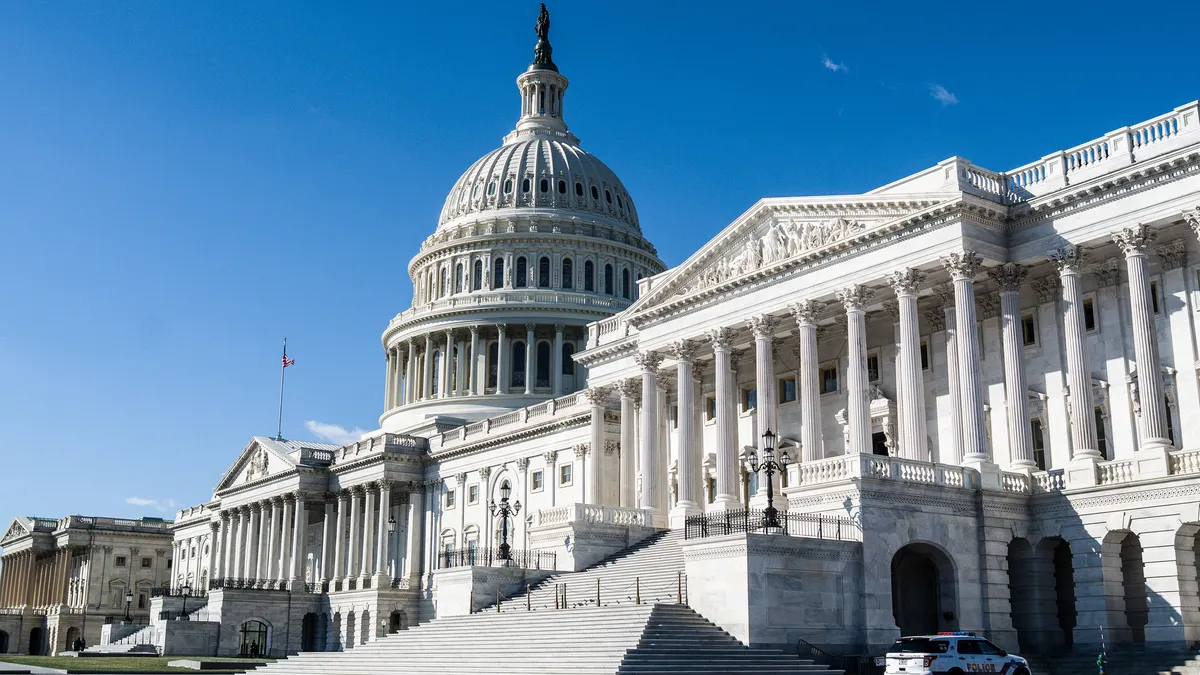Dive Brief:
- Without accountability, "like hires like" Barbara Whye, chief diversity and inclusion officer and VP of HR for the Intel Corporation, told lawmakers Thursday in prepared testimony.
- Whye referred to Silicon Valley as a "prime example of a predominately homogenous work culture," that she said Intel is working to change, in her remarks at a House Committee on Science, Space, and Technology hearing on strategies for increasing diversity and inclusion (D&I) in the technology industry. In her address to lawmakers, she explained how Intel has created pipelines for more diverse candidates, but noted that there are limits to what employers can accomplish. "These programs can help to reduce the opportunity gap, but only Congress has the influence and resources to address these systemic problems on the national level," Whye said.
- Further in her testimony, Whye turned to the economic value of D&I: "Improving ethnic and gender diversity in the U.S. technology workforce represents an economic opportunity that could create $470B to $570B in new value for the technology industry and could add 1.2%-1.6% to the national GDP." She added that the more diverse of two otherwise similar employers would likely have higher revenues, market value and profitability.
Dive Insight:
The tech industry has struggled with setting and meeting D&I goals. A 2018 Atlassian study found that tech employees suffered from "diversity fatigue" due to the slow progress the industry is making in D&I. Organizations — regardless of whether they're in the tech industry — can look at employers who are making measurable progress in diversifying their workforces for strategies to improve their own programs.
In Whye's testimony, she described Intel's D&I initiatives, which include a $5 million partnership for the computer science and engineering pathway curriculum at two high schools in the Oakland Unified School District; a three-year, $4.5 million program to encourage students to remain in STEM pathways at six historically black colleges and universities; and being a founding member and supporter of the Reboot Representation Tech Coalition, a program launched by Pivotal Ventures, Melinda Gates' investment and incubation company. Whye also told lawmakers that Intel has a workforce representation that's 26.8% female, 9.2% Hispanic, 4.6% African American and 0.7% Native American. Intel has grown its representation of women by about 8%, of Hispanic workers by about 10%, of African Americans by about 30% and of Native Americans by about 40% since 2015, according to her testimony.
Talent professionals might be aware that hiring diverse candidates without developing policies that support them is likely not enough to retain them long term. Besides Intel's D&I initiatives, Whye said the tech giant launched "The Warmline" for its U.S. employees in 2016. The program is a confidential phone line that helps employees work through career roadblocks and improve their experience at Intel, Whye explained in her testimony. According to Whye, the program's case managers have helped the company reach an 81% retention rate.
Such programs could provide the inclusion component that's so vital in retaining underrepresented groups. Whye pointed out in her testimony, however, that achieving D&I is a continuous process, something employers should keep in mind all the time — rather than relying on one-time, D&I achievements to gauge inclusivity in their workplaces.













